Chart Of The Day: Crossovers Are King
This chart, courtesy of IHS Automotive, shows that for the first time in America, crossovers have edged out sedans as the most popular body style.
While the data only shows new vehicle registrations through May, 2014, don’t expect this trend to reverse any time soon. The crossover’s rise to market dominance is an inexorable fact of our automotive landscape, both in America and around the world.
Now you see why Nissan isn’t so crazy to forgo the new IDx in favor of the Juke. Sure, nobody will ever cross-shop the two cars, but one plays in a space that is constantly growing, while the other competes in a market that has a future that’s slightly worse than the U.S. Postal Service. If you were an auto executive with a few billion to spend on a new car that must turn a profit (so, no fantasy brown wagon projects), the choice would be easy.
More by Derek Kreindler

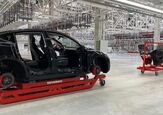
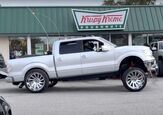














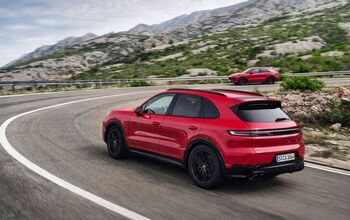
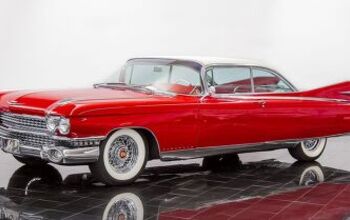
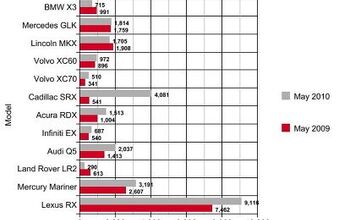
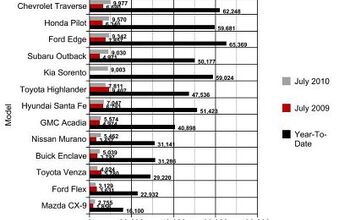
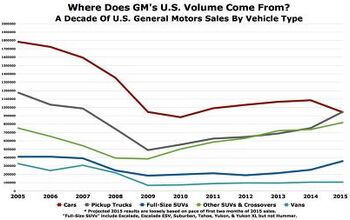
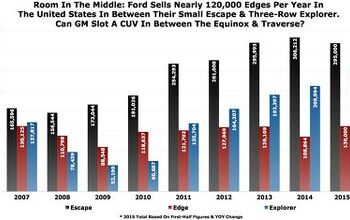
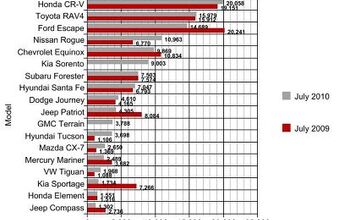
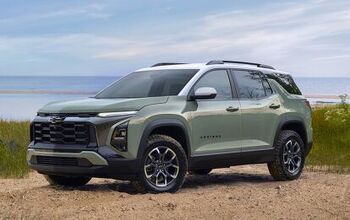
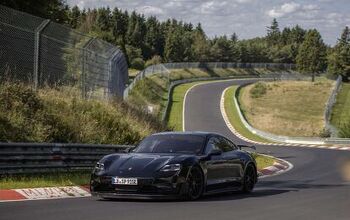


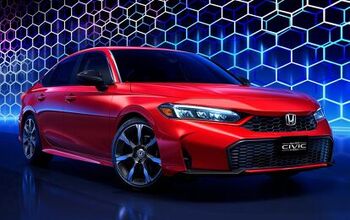
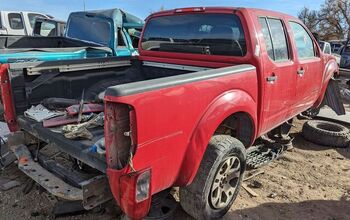
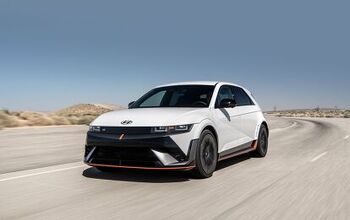

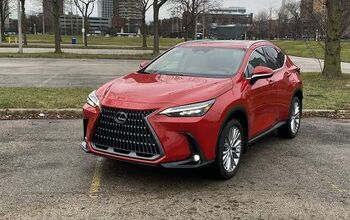

Comments
Join the conversation
CUVs sit a little higher and they are easier to get in and out of. If you want to carry something you can fold the rear seat down and have plenty of room. Sedans are fine but I prefer the comfort and versatility of the crossover. Since wagons are all but extinct at least the crossover is available. The crossover is a good compromise between a wagon and a sedan. I could really care less if it is the must have vehicle, it meets my wife's and my needs and that is what counts.
It's not a fact that CUVs are operationally poor compromises between cars and SUVs. That's an opinion. Did you miss that day in second grade? For the majority of car buyers, CUVs are perfect compromises between cars and SUVs. Higher eyeline height at the cost of performance at the edge is something that people want. The cargo capacity and utilitarian space of a wagon/SUV body is something that many people want. CUVs are popular and gaining in popularity because they're actually what people want out of a car, in practicality and in style. It's always amusing to me to read the commentaries here, many of whom otherwise have a decidedly libertarian bent. Except when the market moves in a direction they don't like, that upsets their perceptions and predefined categories. Then the narrative changes. Then it's about fashion, about media influences, about soccer moms, etc. CUVs are ultimately jack of all trade vehicles, which is what the average family needs. Average folks can't afford multiple vehicles that are good and excel at just one or two purposes. They're perfectly fine with a vehicle that does most of the things they want to do just well enough. And here's a hint, handling at the limits is not one of those things. Remove the old guy blinders. CUVs are quite rational and logical vehicle choices. If you don't understand this thought process, it's probably you who is not being rational.
What people on the internet frequently fail to take into consideration is that YOUR needs in YOUR life may be totally different from the next guy/girl. If you live in New York City, your needs are going to be much different than if you live in South Dakota. If you live in Miami, your needs will be much different from someone in Louisiana. If you live in California, well, there is no easy solution for that. If you are in North Carolina, the truck and SUV are king. That's what makes sense. If you are in Germany, a small wagon or hot hatch is the way to go. In Miami, if you are driving a car that cost less than $80K (even if it was a few years ago), you can't get a date. Much like if you are in Pittsburgh driving a car that cost $80K people will throw rocks at you (ask me how I know). No matter what common sense or logic is applied, it doesn't fit every situation. Cars are one of the most subjective subjects as one size does not fit all. One guy wants a HEMI in everything, another guy wants a turbo 3 cylinder in everything. Each of them wants what is right for themselves, but that doesn't make everyone else want it. Personally I lean more towards the Hemi than the 3Cylinder MDS turbo google car.
I'm kinda surprised at how many are bent out of shape about crossovers. I thought we were supposed to yearn for station wagons, which CUVs quite literally are. Then again, the subset who yearn for station wagons probably aren't the same people who vocally hate crossovers. You know, the body on frame or nothin' crowd. All but the purest of wagon lovers are probably rejoicing at the sea of ambiguous longroofs like it's 1971.